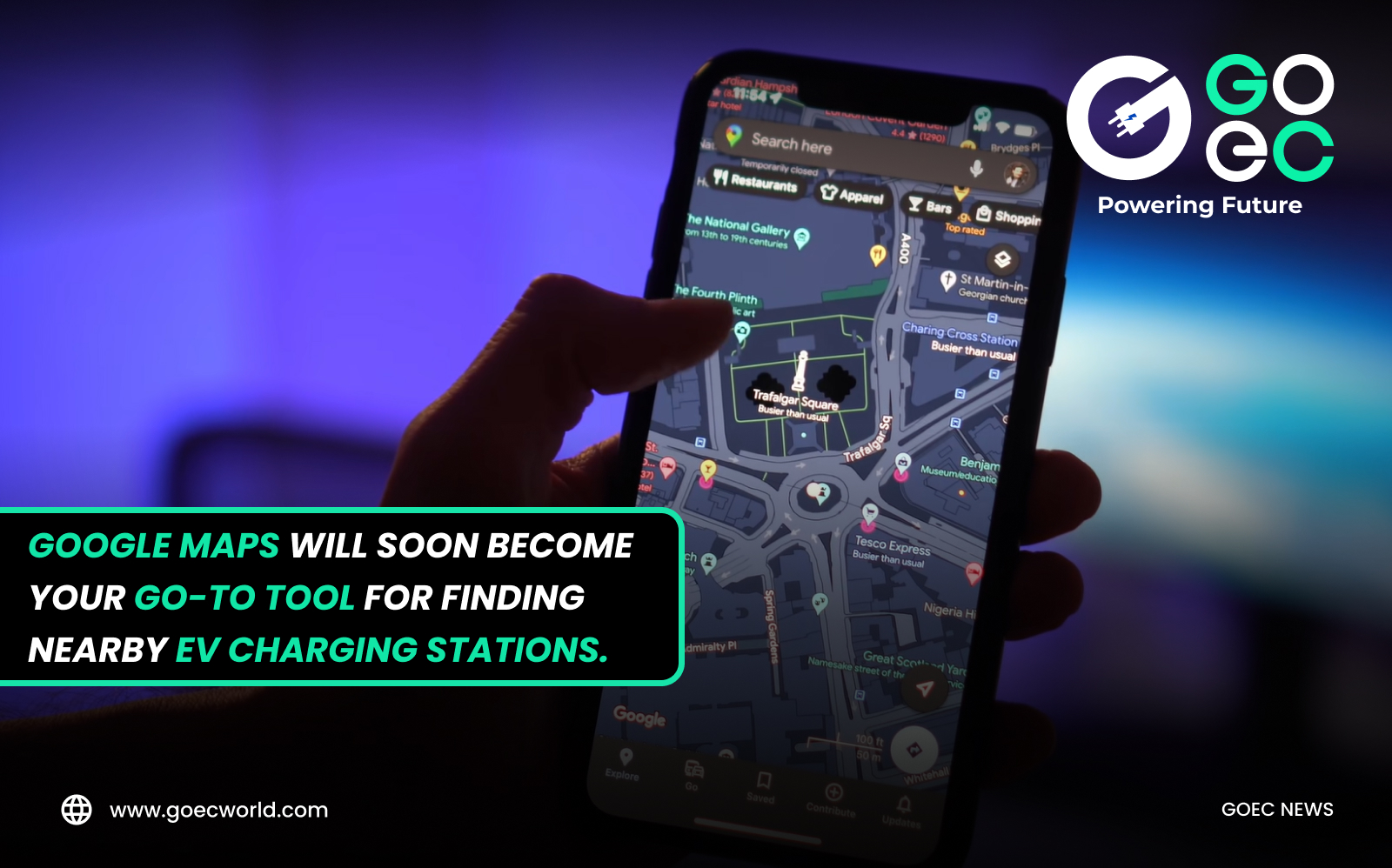Google Maps is set to revolutionize how Electric Vehicle (EV) owners locate nearby charging stations with its latest update for Android users. This update introduces a new feature that enables users to filter EV charging stations, specifically highlighting those compatible with the Plug and Charge service.
The Plug and Charge service, available in select electric models, simplifies the charging process. Users can drive up to a compatible station, plug in their vehicle, and the car’s infotainment system handles payments seamlessly. This eliminates the hassle of RFID cards, additional apps, or credit card swiping. Additionally, an active data connection is not required by certain vehicles, as the certification is digitally stored within the car’s computer system.
Plug-and-charge compatibility is presently offered by manufacturers such as Mercedes-Benz, Audi, Genesis, Porsche, and the Volkswagen Group across various models. The integration of this feature into Google Maps was revealed in the code of Version 111.15.103 of the app for Android, a platform widely utilized by modern EV makers for infotainment purposes.
Although the EV filter feature in Google Maps is a valuable addition, it is still in its early stages and somewhat limited, especially for iOS users. At present, users can filter by connector types and fast charge options, which include outlets above 50kW. However, the lack of support for ultra-rapid 350kW outlets suggests room for improvement.
Despite its drawbacks, Google’s initiative marks a noteworthy advancement in making EV ownership easier. Finding charging stations for EVs can be confusing due to the various networks, payment methods, and compatibility issues. With many automakers turning to Android Automotive for their infotainment systems, Google Maps has become a convenient option for navigation. However, compared to specialized EV service apps like Zapmap and PlugShare, Google Maps has been slower in adding EV-specific features.
Early adopters of electric vehicles found Zapmap and PlugShare particularly useful for accessing real-time updates on charging station availability and user feedback. These apps also offer filtering options, allowing users to search for chargers based on factors like charging speed, payment methods, and network providers, thus facilitating an optimized charging experience. However, despite efforts to streamline EV charging, the process remains fragmented due to the diverse requirements imposed by different charging stations, ranging from RFID-based membership cards to proprietary payment applications. The overarching goal is to make owning an electric vehicle as straightforward as refueling with conventional fuels, a process renowned for its speed and convenience.
